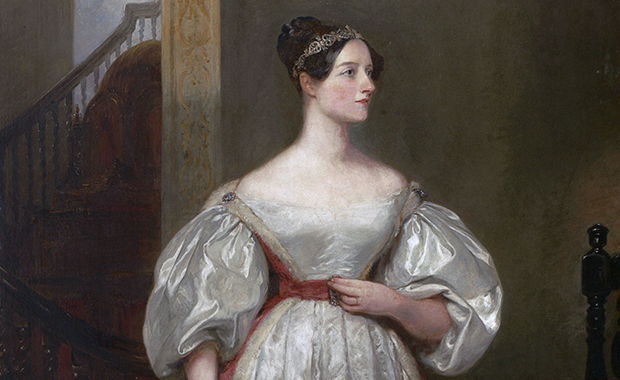International Women’s Day: Ada Lovelace’s algorithm
Who was Ada Lovelace?
Born on December 10, 1815, Ada Lovelace is considered the very first computer programmer and a pioneer for technology and mathematics. She was tutored privately and then went on to educate herself in mathematics. Lovelace worked closely with the “father of the computer,” Charles Babbage, who she met through a mutual friend.
Lovelace soon came to find immense interest in the machines Babbage invented. Between 1842 and 1843 she studied the machines, translated information about the Analytical Engine from an Italian military engineer and wrote a notable article in which she proposed an analytical engine that could be programmed to compute numbers. This article, or notes as she called them, are what we know as the first ever computer program. Lovelace noticed mathematical patterns can be woven together, just like the codes that hold all webpages and computers together. Ada Lovelace’s written algorithm was the first of its time and was created for a machine invented by Charles Babbage. Because of Ada Lovelace’s invention, she would go on to be known in history as an English analyst, metaphysician, and the founder of scientific computing and programming.
What is an algorithm?
Have you heard of an algorithm? The definition of an algorithm may seem super science-y, but put plainly it is a set of rules that are followed in calculations to solve problems or perform a computation. It is basically a to-do list of instructions for specific actions. For example, if you’re going to cook a meal you cannot magically think about cooking a meal and then viola! the meal appears. You first would have to do the steps of bringing out the ingredients, washing your hands, planning, etc. An algorithm solves a problem or a computation by giving step-by-step instructions in hardware or software routines.There are different programming languages to express or write data structure and algorithms. ADA, the first programming language that was also named after Lovelace, was utilized by the U.S. Department of Defense in the early 1980s. Programming languages are just as diverse as spoken languages that we use every day. The basics of programming remain the same, just as many modern languages have their roots in Latin, but the differences appear in the way the programming language is written and used to solve problems – also like spoken languages that differ in dialect or intonation. There are different programming languages for different problems to be solved and tasks to be completed. There is even an algorithm just for search engines which was developed after the invention of the first internet search engine.
Legacy of first algorithm
Ada Lovelace gave us the first step – the building blocks of machine learning and our current digital age. Defining algorithms for us now goes hand in hand with defining the functions of our smartphones, computers, and the world wide web. It is the algorithm that allows your devices to run software and hardware. Even if you’re not particularly tech savvy, you feel the impact of the algorithm in the simple mechanisms that allow you to use your device to access this article and website.Rightfully so, Lovelace’s contributions to the subjects of science, technology, engineering, and mathematics earned her spot in tech history, women’s history, and in our calendars: the second Tuesday in October is Ada Lovelace Day.
Women continue to be innovative, key contributors to our technological advances. Why not celebrate International Women’s Day by learning about the contributions of women in all fields? Before you go off to do your own research, let us know what you thought of this article below.
Still don’t have an email account with mail.com? Sign up for free here.
Images: Portrait of Ada Lovelace (1815-1852) by Margaret Sarah Carpenter, public domain
146 people found this article helpful.
Related articles